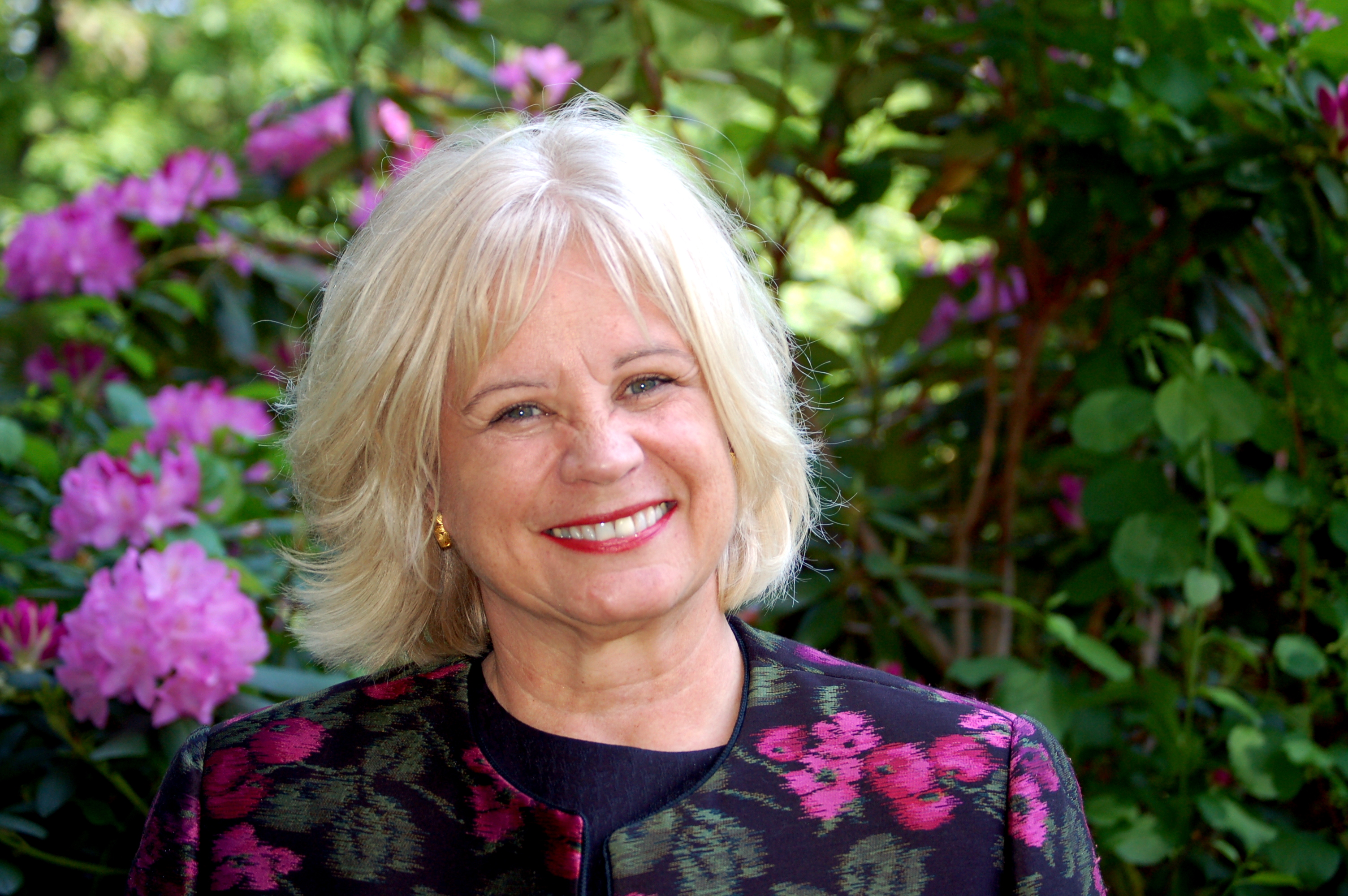10KSB: Not Business As Usual

By Patricia G. Greene, Professor of Entrepreneurship
We have learned the spot for a predictable point of inflection that generally happens about halfway through the second mod (day) of Goldman Sachs 10,000 Small Businesses, a program where entrepreneurship meets economic development.
This is the time when some set of the participating business owners ruffle their shoulders, stretch their necks, look around the room, and mumble (not quite a grumble, usually), “when are we going to work on our financial statements?” I love that moment! It’s the point where the 10KSB business owners realize they are going to have to experiment with some different approaches to growing their business. At the same time, I know it’s one of our most challenging moments. We have to be able to show that not only do we teach entrepreneurship differently, we also have to be able to show the ‘why’, the fact that different can work. That’s where sharing the data that tells the story of our 10KSB alumni really comes into play.
Our progress report, Stimulating Small Business Growth, was released this week by Babson College, the academic architects of the program. This is our second report and ups the number of business owners included by almost 1,000 and also extends the time span covered by the data from six months to include both six and 18 months post program participation.
When I walk into one of our classrooms, I am always struck by the incredible diversity of people and businesses. Given that this is not a start-up or a turnaround program, but one completely focused on business growth, it’s intriguing to see that the age span of the participating people range from 22 to 75 years old (with a median age of 46), are fairly evenly split between women and men (46/54), and have educational backgrounds that range from GED (or some high school) to Ph.D., with every combination in between. The same type of diversity can be seen in the businesses, with a median age of 11 years and with no industry [except Professional, Scientific and Technical Services (36%)] representing more than 10%of the businesses.
We measure growth in four ways, 1) the percentage of business owners who grew revenue, 2) the percentage increase in their revenues, 3) the percentage of business owners who created jobs, and 4) the percentage increase in their jobs created.
What changes do we see in revenue growth? By six months after the program ends, 67% of the businesses have increased their revenues. By 18 months, just slightly more than 3/4s of them have grown (76%).
And what changes do we see in job creation? Again, by six months after the program close, 46% have created new jobs; by 18 months 57% of them have done so.
And when looking at only those who grew, by 18 months after completing the program, the average revenue increase was 88.2% and the average increase in jobs was 155.4%. I can add one more point of perspective to the picture, when looking across all the respondents at 18 months, 1/3 (33.7%) increased their revenues and just under ¼ (23.9%) increased their jobs by more than 50%. While it’s difficult to find direct comparisons, the National Small Business Association reports in its 2015 economic report that 45% of U.S. small businesses grew their revenues in 2014 and 22% created new jobs.
10,000 Small Businesses is a blend of education, business advising, and guidance in the opportunity to access capital. And capital does matter. Business owners who applied for capital had larger growth numbers in every one of the growth categories than those who did not apply for capital. Personally, I find this a very, very compelling number. Many of the business owners I have worked with over the years have a strong antipathy towards debt, and given many of their experiences, rightfully so. Let’s also recognize how many of us grew up being warned against taking on debt. (“Neither a borrower nor a lender be” Shakespeare). Yet, possibly looking at capital as a resource to be rented like any other physical resource may put a new light on things, especially if you really want to grow.
10,000 Small Businesses starts with people who want to grow their businesses. The business owners work with each other to take ownership of the process from the day they enter the program. Part of the process is revisiting what they want to build, how they want to build it, and then reaffirming the belief that they can do it. As one business owner from Southern California shared, “I will now hush the little voice in my head that says “no” all of the time. I will fry Chicken Little.”
